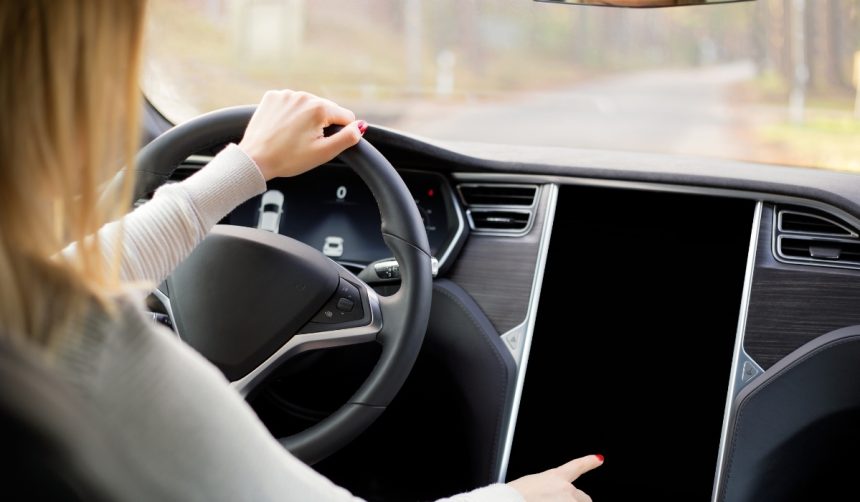Tesla has gained attention by appearing as an official autonomous vehicle (AV) operator on the City of Austin’s Department of Motor Vehicles website, signaling intensified preparations for the introduction of Tesla’s robotaxi service in Austin, Texas. This move underlines Tesla’s intent to join the competitive self-driving ride-hailing sector alongside companies like Waymo and Zoox. The listing coincides with Elon Musk’s earlier hints about a June launch and arrives as Austin emerges as a key testing ground for new mobility technologies. Market observers note the city has become a center for AV innovation, a trend Tesla appears eager to capitalize on with its planned limited pilot roll-out using Model Y vehicles.
Compared to similar developments last year, when the focus remained on pilot tests in California and select internal trials in Texas, this new listing demonstrates an escalation in Tesla’s ambitions to offer commercial services. Previously, companies such as Waymo led the way by progressing from mapping and testing phases into actual deployment. As of now, Tesla, Motional, and Zoox remain in the testing or mapping stages, but official recognition by Austin officials suggests a shift from internal preparations toward imminent public service. The scale and pace of these changes differentiate Tesla’s current strategy from earlier, more cautious approaches in other markets.
What Is the Current Status of Autonomous Vehicle Programs?
With its inclusion on the Austin DMV AV operator list, Tesla now stands among several firms undertaking AV trials in the city. Other notable operators in the area include Alphabet-owned Waymo, currently the only service authorized for deployment, and Amazon-backed Zoox as well as Hyundai-affiliated Motional, both of which remain in earlier stages of development. Volkswagen’s ADMT and AVRide Inc. are also conducting their own tests. While Tesla awaits deployment authorization, the competitive landscape is set to intensify as these companies push their respective pilot programs forward.
How Does Tesla’s Approach Differ from Competitors?
Tesla’s approach to autonomy builds on its proprietary Full Self-Driving (FSD) system, relying primarily on camera-based perception and in-house artificial intelligence. Unlike most competitors who depend on a combination of cameras, radars, and high-definition mapping to designate operational zones, Tesla’s vehicles operate with less reliance on lidar or pre-mapped areas, seeking to establish greater flexibility in real-world settings. This strategy has generated debate among industry specialists about effectiveness and readiness, as other companies have opted for more conservative, heavily geo-fenced deployment models for safety and regulatory ease.
How Is the Robotaxi Program Set to Launch?
The initial stage of Tesla’s robotaxi initiative focuses on a controlled pilot program, with select Model Y vehicles serving specific geofenced routes deemed safest within Austin. Only a small group of riders, initially chosen by Tesla, will experience the first wave of services as part of the rollout strategy.
Elon says by end of June, the public should be ready to take a Robotaxi in Austin without an invitation
This measured approach underscores the importance of safety and data collection before scaling offerings to a broader customer base.
In Austin’s wider AV ecosystem, companies operate at varying stages of readiness, from mapping and pilot tests to limited public rollouts. Waymo has already brought its robotaxi service to market in partnership with Uber, while Motional and Zoox continue to build out the technical and regulatory foundations required for future launches. Tesla’s timeline for a full public rollout may depend not only on further technological refinements but also on regulatory developments and competitive responses within the city’s fast-moving AV landscape.
Growing regulatory scrutiny, city policies, and ongoing real-world testing are shaping the competitive trajectory of self-driving vehicle programs in Austin. Potential riders and industry analysts should watch for further announcements on eligibility criteria, safety results, and expansion plans as the pilot unfolds. For consumers interested in autonomous ride-hailing, understanding how technologies like Tesla’s Full Self-Driving differ from those offered by competitors may provide valuable insight into user experience and safety expectations. As cities like Austin continue to approve and supervise autonomous vehicle operations, the pace at which ride-hailing innovations reach the public will likely depend on cooperation between operators, regulators, and the communities they serve.










